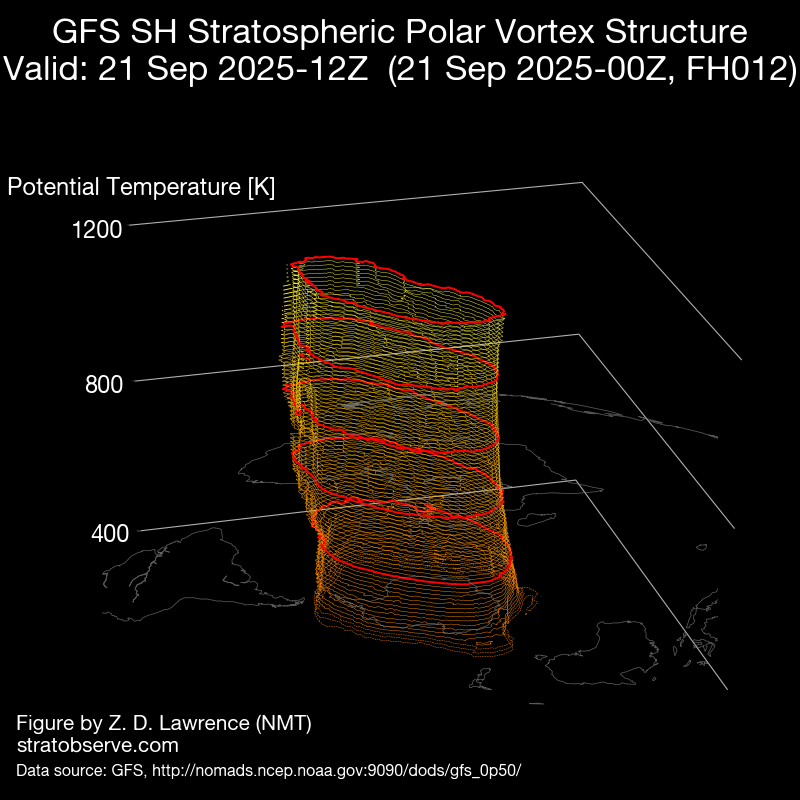The Challenge of Predicting Rainfall: How Do I Know How Much Rain Will Occur?
- Weatherwatch
- Aug 5, 2024
- 3 min read

When it comes to weather, few phenomena are as crucial and challenging to predict as rainfall. For many industries—such as emergency services, agriculture, and transport—accurate rainfall forecasting is not just a convenience but a necessity. Heavy rainfall can lead to closed roads, cutting off crucial transport links, while farmers and agricultural industries constantly watch the sky and forecasts to determine the best times to sow, harvest, or spray. However, determining how much rainfall is expected to occur can be highly challenging.
With murmurs of heavy rain forecast for parts of NSW and QLD, let’s delve into why it’s not a clear-cut outlook.
The Importance of Accurate Rainfall Data
For those in the agriculture sector, knowing when and how much it will rain can influence planting and harvesting decisions. Emergency services rely on accurate rainfall forecasts to prepare for potential flooding and mobilize resources effectively. Transport and logistics companies need to anticipate weather conditions to ensure safety and efficiency in their operations. The impact of rainfall predictions extends even further, affecting construction projects, sporting events, and daily commutes.

The Intricacies of Rainfall Prediction
Rainfall prediction involves analyzing a multitude of variables that interact in highly dynamic and often unpredictable ways. Meteorologists must consider factors such as atmospheric pressure, temperature, humidity, and wind patterns—not just at the surface, but at all levels of the atmosphere. If even one of these forecasts is slightly incorrect, expected rainfall amounts can deviate significantly, making precise forecasting a formidable challenge.
How Do We Forecast Rainfall?
Modern technology has come a long way. Each day, dozens of computer models crunch millions of calculations a second to model what the atmosphere will do over the coming hours and days. Each model often produces a different outcome, which can make it confusing to determine which model is likely to be correct. There are several reasons for disparities between forecast models, often due to the different physical processes that make up the model, along with possible changes in the way the model initializes.

Variation Decreases Confidence
When we see a large spread in rainfall forecasts, the confidence in these forecasts is often reduced. Essentially, there are multiple different scenarios, and not all forecast models can be right. However, if all forecast models are approximately forecasting the same outcome, this increases the confidence that the event may occur.
Products for Rainfall Forecasting
An easy way to compare forecast rainfall amounts is the utilization of “MetGraphs” from the Weatherwatch MetCentre® system. Users can select the MetGraph option to compare not only rainfall but numerous other variables such as cloud, temperature, and wind.

MetCentre MetGraph feature - available for Pro and Enterprise users.
In this case, the MetGraph for Brisbane shows a significant disparity in forecast rainfall—common staples such as EC and GFS have relatively modest falls of 20-40mm, while newer models such as ACCESS-G3 and AIFS are much wetter. This is a great example where the confidence in the heavier falls (while possible) becomes significantly reduced.
Users can click anywhere on the map and receive a MetGraph, instantly comparing all forecast models. You can even choose an average to average out all the values. Of course, nothing replaces the experience and knowledge of a real meteorologist, and for commercial applications, we recommend the use of our professional forecasting services to take out the guesswork of rainfall forecasting.
For more information - check out MetCentre, or get in touch with us if you have any questions about rainfall forecasting.



